Lawn Installation Fort Worth
Lawn Installation in Fort Worth
Lawn installation creates new turf areas from bare dirt or replaces failed existing lawns—sodding for instant green coverage, seeding where appropriate, proper soil preparation, irrigation ensuring establishment, creating healthy functional grass areas. Most Fort Worth properties need lawn installation eventually—new construction starting with bare compacted dirt, failed lawns beyond renovation requiring replacement, expanding or adding turf areas, converting beds back to grass, establishing quality lawns where none exist or previous attempts failed. We install lawns throughout Fort Worth—new builds in Aledo and Walsh Ranch needing complete yards, renovations in Tanglewood replacing struggling St. Augustine, front yards in Fairmount requiring curb appeal, commercial properties near Alliance needing professional turf, projects ranging from small patches to acres of new sod. Lawn installation quality determines success—shortcuts mean thin patchy grass within months, proper preparation and techniques create thick healthy lawns lasting years, Fort Worth's challenging conditions requiring specific approaches preventing common failures. Professional lawn installation handles our clay soil through proper preparation, establishes irrigation before or during sodding, selects appropriate grass types for conditions, provides establishment care guidance, creates lawns actually thriving not just initially green then dying.

Understanding Fort Worth Lawn Challenges

Clay soil compaction problems—builder compaction from equipment, clay naturally dense, roots struggling to penetrate, aeration and amendment essential. Fort Worth clay is concrete—roots can't grow in compacted clay, proper preparation mandatory not optional, shortcuts guaranteeing failure.
Summer heat stress significant—consistent 100+ degree days July and August, St. Augustine heat tolerance adequate but requires water, irrigation mandatory for summer survival, no lawn survives Fort Worth summers without water. We design irrigation with lawns—automated systems, adequate coverage, summer survival requiring consistent moisture.
Water requirements substantial—St. Augustine needing 1-1.5 inches weekly during summer, significant water consumption, conservation considerations, realistic expectations about water needs. Lawns use water—accepting this reality or choosing alternatives, no pretending Fort Worth lawns survive without irrigation.
Shade tolerance varying by grass type—St. Augustine best shade tolerance available here, bermuda requiring full sun, buffalo grass sun-loving, matching grass to light conditions critical. We select appropriate grasses—St. Augustine for typical yards with some shade, bermuda for full sun athletic areas, buffalo grass for low-water sun situations.
Soil pH and fertility—Fort Worth clay typically alkaline, fertility variable, soil testing beneficial, understanding starting conditions informing amendments. We test soil when appropriate—major lawn installations benefiting from testing, informed amendments, addressing limitations.
Grub and pest pressure—white grubs damaging roots, chinch bugs in St. Augustine, various pests, management strategies needed, realistic expectations about pest issues. We discuss pest realities—common problems, management approaches, preventive and reactive strategies.
Grass Type Selection for Fort Worth
St. Augustine most common choice—best shade tolerance, handles Fort Worth heat reasonably, established standard in residential landscapes, proven performance. We install St. Augustine extensively—most versatile choice, proven track record, appropriate most residential situations.
St. Augustine varieties—Raleigh standard variety, Palmetto improved shade tolerance, CitraBlue newer option, variety selection based on conditions and availability. We recommend appropriate varieties—Palmetto for heavy shade, standard Raleigh for typical situations, discussing variety characteristics.
Bermuda for full sun areas—excellent heat and drought tolerance, requires full sun minimum 6-8 hours, aggressive spreading, athletic field quality, appropriate full sun applications. We install bermuda—sports areas, full sun locations, understanding aggressive spreading nature, appropriate specific situations.
Bermuda varieties—common bermuda economical, Tifway 419 finer texture, TifTuff best shade tolerance for bermuda, variety selection for use and budget. We recommend varieties—common for large areas and budgets, improved varieties for quality and specific needs.
Buffalo grass native option—extremely drought tolerant, lower water needs, appropriate full sun, different aesthetic than traditional lawns, sustainable alternative. We install buffalo grass—clients prioritizing water conservation, full sun situations, understanding appearance differences from St. Augustine.
Zoysia occasional choice—slow growth advantage and disadvantage, good shade tolerance, dense carpet texture, less common Fort Worth but viable. We install zoysia occasionally—clients wanting slow growth, appropriate situations, understanding establishment timeline.
Mixing grasses generally not recommended—different growth rates and characteristics, patchy appearance over time, better choosing single best grass type. We don't mix—selecting single best variety, uniform appearance and management, avoiding mixed-grass problems.
Soil Preparation Methods
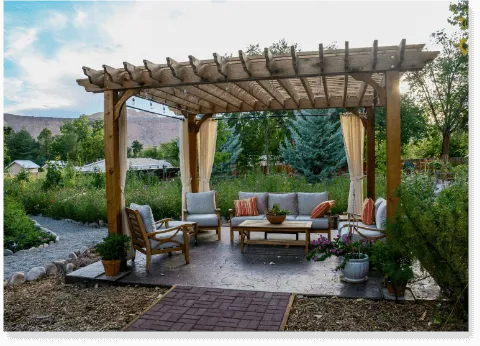
Soil testing before installation—pH, nutrients, organic matter, understanding existing conditions, informed amendment decisions. We recommend testing—major installations benefiting, appropriate amendments based on results, understanding starting point.
Rough grading establishing drainage—proper slopes away from structures, eliminating low spots, creating positive drainage foundation, critical initial step. We grade properly first—adequate slopes, no low spots, water management foundation, preventing problems.
Soil amendment tilling—working in compost and expanded shale, improving clay structure, increasing organic matter, proper depth 4-6 inches minimum. We amend thoroughly—generous compost additions, expanded shale improving drainage in clay, proper depth, creating better growing medium.
Rototilling depth and technique—tilling 4-6 inches minimum, breaking up compaction, incorporating amendments uniformly, proper technique creating quality seedbed. We till properly—adequate depth, multiple passes, uniform incorporation, quality preparation.
Compaction relief for new construction—severely compacted sites needing aggressive treatment, deep ripping, extensive amendment, overcoming builder compaction. We address severe compaction—appropriate techniques for conditions, realistic about effort required, proper preparation for challenging sites.
Final grading and smoothing—precise finish grading, eliminating high and low spots, smooth seedbed for sodding, professional finish grade. We finish-grade carefully—laser grading when appropriate, smooth uniform surface, proper elevations throughout, quality preparation for sodding.
Firming before sodding—light rolling or watering settling soil, firm surface for sod contact, not loose fluffy, proper seedbed firmness. We firm appropriately—adequate contact for rooting, not overly soft, proper preparation for sod installation.
Sod Installation Techniques
Sod selection and ordering—quality fresh sod, proper variety, adequate quantity with waste factor, delivery timing coordinating with installation. We order quality sod—reputable growers, fresh-cut delivery, proper quantities, coordinating delivery and installation same day ideally.
Delivery timing critical—installing same day as cutting ideal, sod deteriorating if stacked too long, coordinating installation with delivery, fresh sod establishing better. We coordinate timing—same-day installation preferred, avoiding sod sitting, fresh installation for best results.
Layout starting along straight edges—beginning at longest straight lines, working away from fixed edges, efficient layout patterns, minimizing waste. We lay efficiently—starting properly, systematic patterns, minimizing waste through proper layout.
Staggering joints like brickwork—avoiding continuous seams, offsetting joints, stronger knitting, professional installation pattern. We stagger joints—proper technique, stronger establishment, professional appearance.
Tight butt joints between pieces—no gaps or overlaps, snug joints, proper fitting, professional installation. We fit tightly—careful placement, proper cutting, tight professional joints.
Cutting and fitting—sharp knives or sod cutters, careful fitting around obstacles, clean cuts, professional detailed work. We cut properly—sharp tools, careful fitting, clean professional cuts around obstacles and edges.
Rolling after installation—ensuring soil contact, eliminating air pockets, proper rooting contact, light rolling critical. We roll appropriately—water-filled roller, adequate contact without over-compacting, proper technique for establishment.
Immediate watering thoroughly—saturating sod and soil beneath, critical first watering, establishing moisture, absolutely essential immediate step. We water immediately and thoroughly—complete saturation, critical establishment step, moisture essential for rooting.
Seed Installation Where Appropriate
Understanding seeding limitations in Fort Worth—hot summers stressing seedlings, best results fall installation, bermuda only grass seeding successfully here really, realistic expectations. Seeding challenging Fort Worth—St. Augustine doesn't seed well, fall bermuda seeding best bet, understanding limitations.
Seed selection and rates—quality certified seed, proper seeding rates, appropriate varieties, adequate coverage without excessive waste. We use quality seed—certified varieties, proper application rates, adequate coverage.
Seedbed preparation—smooth firm surface, good soil contact, proper preparation similar to sodding, quality seedbed for germination. We prepare properly—smooth uniform surface, firm adequate contact, quality preparation.
Seeding methods—broadcast spreading, mechanical seeders, proper distribution, uniform coverage. We seed uniformly—proper equipment and technique, even distribution, adequate coverage throughout.
Covering and protection—light straw mulch or erosion blanket, protecting seed, moisture retention, erosion prevention. We protect seed—appropriate mulch, moisture retention, preventing washout and erosion.
Watering for germination—frequent light watering keeping surface moist, critical establishment period, consistent moisture until established. We provide watering guidance—frequent irrigation schedule, maintaining moisture, critical for germination success.
Establishment timeline—several weeks for germination and establishment, patience required, longer than sodding, realistic expectations. We set expectations—seeding slower than sod, patience required, eventual results with proper care.
Irrigation System Coordination
Designing for lawn coverage—proper sprinkler spacing, head-to-head coverage, precipitation rates, efficient effective coverage. We design coverage properly—adequate overlap, uniform precipitation, efficient watering.
Separate zones for turf versus beds—different water needs, separate control, efficient management, proper zoning. We zone separately—turf zones independent, different scheduling, efficient appropriate watering.
Installing before or during sodding—irrigation roughed in during soil prep, finish work after sodding, proper sequencing, coordinated installation. We coordinate—rough-in during prep, finishing appropriately, proper integration.
Coverage testing and adjustment—running system, checking actual coverage, adjusting for uniformity, ensuring proper function. We test thoroughly—verifying coverage, making adjustments, uniform watering throughout.
Smart controller programming—appropriate run times and frequency, seasonal adjustment capability, efficient automated watering. We program properly—adequate watering schedules, smart adjustment, efficient moisture delivery.
Establishment Care
Initial watering schedule critical—frequent watering first 2-3 weeks, keeping sod moist not soggy, tapering as roots establish, critical establishment period. We provide detailed schedules—day-by-day guidance, proper frequency and duration, critical first weeks managed properly.
First mowing timing—waiting until rooted adequately, typically 2-3 weeks for sod, proper mower height, careful first cutting. We guide first mowing—proper timing, correct height setting, careful technique preventing damage.
Mowing height by grass type—St. Augustine 2.5-3 inches, bermuda 1-2 inches, proper heights for grass types, maintaining appropriate heights. We specify heights—appropriate for varieties, proper ongoing maintenance, healthy lawn management.
Fertilization schedule—initial fertilizer at installation, subsequent applications based on needs, proper timing and products, supporting establishment and ongoing health. We recommend fertilization—appropriate timing, quality products, supporting healthy growth.
Weed control during establishment—avoiding herbicides on new lawns until fully established, hand-pulling, post-establishment herbicide programs, proper weed management. We guide weed control—safe timing for treatments, appropriate products, managing weeds without damaging new grass.
Dealing with establishment problems—addressing thin areas, supplemental watering, identifying issues early, intervening appropriately. We provide ongoing support—available for questions, addressing problems, supporting successful establishment.
Common Installation Problems and Solutions
Poor soil contact causing rooting failure—sod not contacting soil, air pockets, inadequate rolling, fixing through additional rolling and watering. We prevent contact problems—proper rolling, adequate watering, ensuring good contact.
Inadequate watering causing dieback—most common establishment failure, insufficient moisture, edges drying, fixing through immediate increased watering. We emphasize watering—detailed schedules, monitoring guidance, preventing most common failure.
Shade too severe for grass type—unrealistic expectations for deep shade, addressing through grass type change or accepting limitations, realistic assessment. We assess shade honestly—recommending alternatives when grass won't succeed, realistic expectations.
Drainage problems causing soggy areas—poor prep or grading, addressing through drainage improvements, fixing underlying problems. We prevent through proper prep—adequate drainage foundation, addressing problems before sodding.
Low spots collecting water—poor finish grading, fixing through topdressing or releveling, addressing depressions. We prevent through careful finish grading—eliminating low spots during prep, smooth uniform grades.
Compaction limiting root growth—inadequate prep, severely compacted sites, addressing through aeration and amendment, aggressive treatment for severe cases. We address compaction—adequate prep, appropriate amendment, overcoming challenging soil.
Cost Factors and Budget Considerations
Soil preparation extent affecting cost—minimal prep versus extensive amendment and compaction relief, condition-dependent costs, realistic budgeting for situations. We assess conditions—appropriate prep level, realistic cost expectations, proper prep for success.
Sod quality and variety—premium sod costs more, variety selection, quality affecting price, budget and quality balance. We discuss options—appropriate quality for budgets, variety considerations, value balance.
Grading complexity—simple smooth sites versus severe slopes or drainage problems, site-specific costs, challenging conditions increasing expense. We assess difficulty—realistic pricing for conditions, proper grading for results.
Irrigation installation if needed—significant cost addition, essential for Fort Worth, investment in lawn survival, amortized over lawn life. We discuss irrigation—critical investment, costs and necessity, long-term value.
Area size obviously—larger areas more total cost, economy of scale for very large areas, size primary cost driver. We price appropriately—accurate measurements, economy of scale when applicable, realistic budgets.
Access and site conditions—difficult access increasing labor, protection requirements, site-specific factors, condition-dependent pricing. We assess access—realistic cost adjustments for challenges, efficient work within constraints.
Time of year—summer installation more challenging, cooler months ideal, seasonal considerations, pricing potentially varying. We discuss timing—best seasons for installation, considering urgency versus ideal timing.
Alternatives to Traditional Lawn
Reducing lawn areas—right-sizing turf to actual use, replacing ornamental grass with beds, sustainable approach, lower maintenance and water. We recommend appropriate lawn sizing—functional areas only, alternatives for ornamental areas, efficient sustainable landscapes.
Native grass alternatives—buffalo grass lower water, Little bluestem naturalistic, prairie grass areas, alternative approaches. We discuss native options—appropriate situations, appearance and maintenance differences, sustainable alternatives.
Groundcover alternatives—Asian jasmine for shade, other groundcovers, eliminating lawn in difficult areas, appropriate non-turf alternatives. We recommend groundcovers—shade situations, difficult areas, attractive lawn alternatives.
Artificial turf for specific situations—very small areas, extreme shade, pet areas, understanding limitations and appropriate uses. We discuss artificial turf—appropriate limited applications, realistic expectations, specific situation solutions.
Permeable alternatives—decomposed granite, gravel, mulch, permeable surfaces replacing turf, sustainable stormwater management. We design permeable alternatives—appropriate applications, attractive functional options, environmental benefits.
Warranty and Guarantees
Sod warranty terms—typically 30-60 days with proper care, covering material not neglect, reasonable coverage, understanding limitations. We provide warranties—appropriate coverage, clear terms, standing behind quality installation.
Care requirements for warranty—following establishment instructions, adequate watering, proper maintenance, client responsibility for care. We specify requirements—clearly communicated care, realistic expectations, shared responsibility.
Exclusions and limitations—acts of nature, neglect, misuse, reasonable exclusions, understanding coverage limitations. We communicate exclusions—clear understanding, reasonable terms, realistic expectations.
Problem resolution process—addressing issues promptly, evaluating fairly, making things right, professional accountability. We stand behind work—prompt response to issues, fair evaluation, commitment to satisfaction.
Ready to install quality lawn for your Fort Worth property—proper soil preparation overcoming clay, appropriate grass selection for conditions, irrigation ensuring survival, quality sod installation, establishment care guidance, lawns actually thriving long-term not just initially green? Let's create healthy lawns—professional installation specifically for Fort Worth, proper techniques, experienced crews, thick green grass you'll enjoy for years.
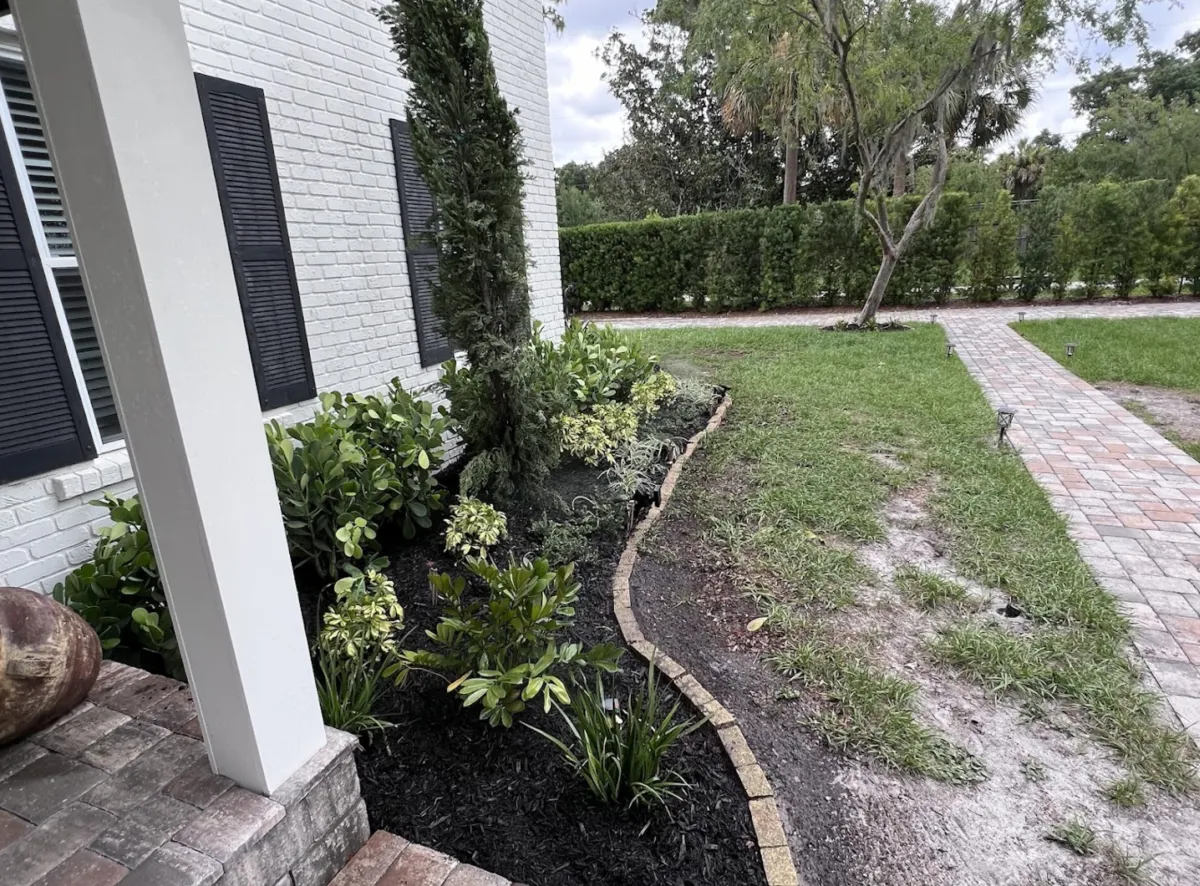

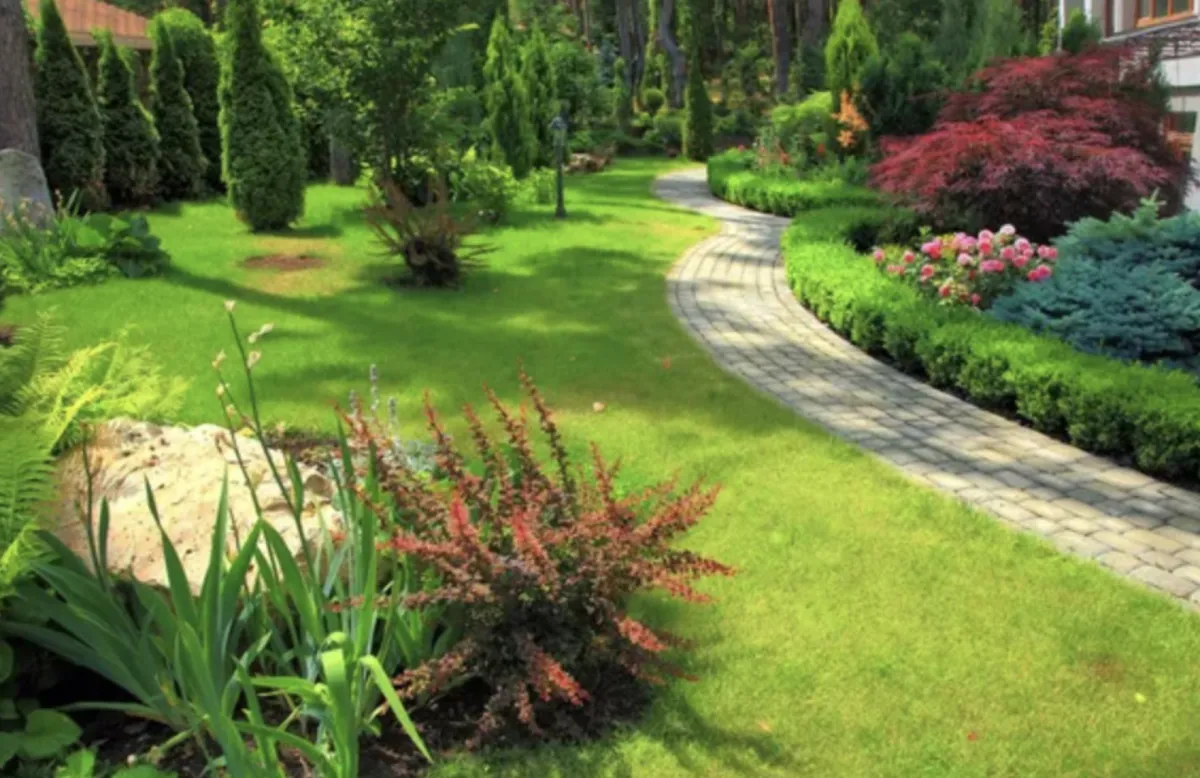
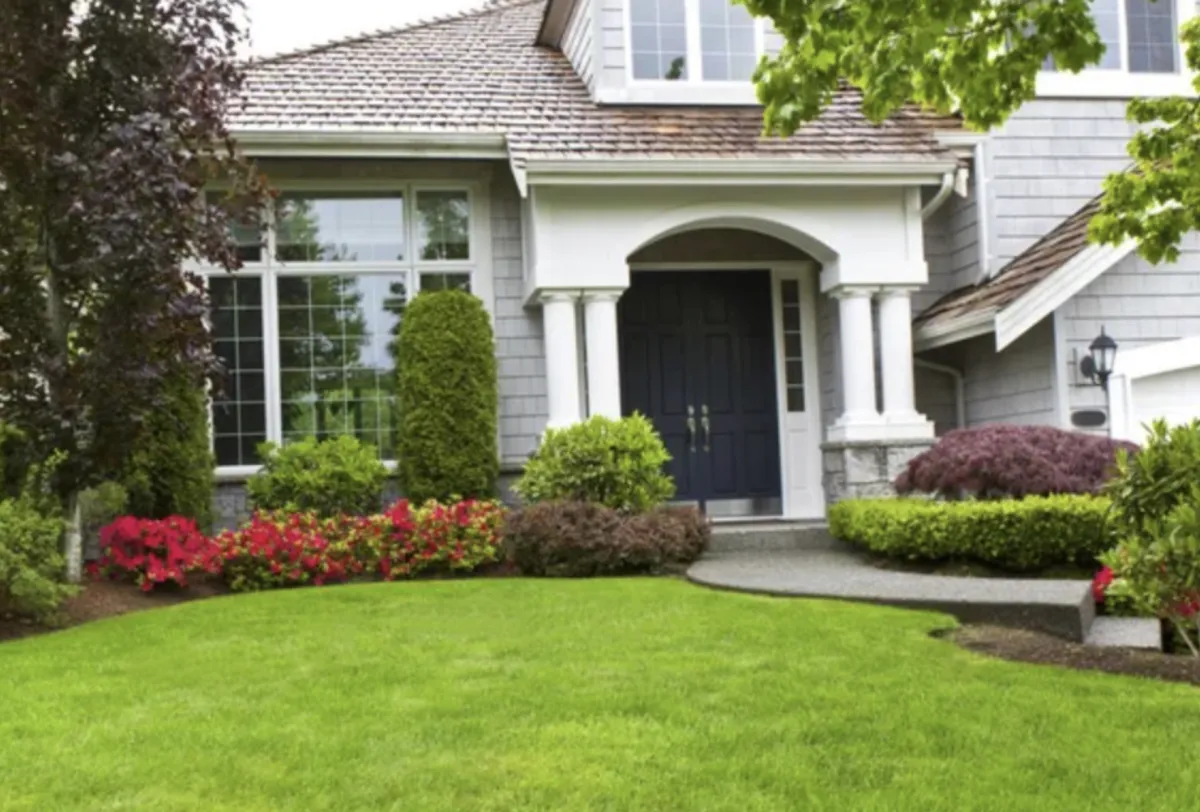
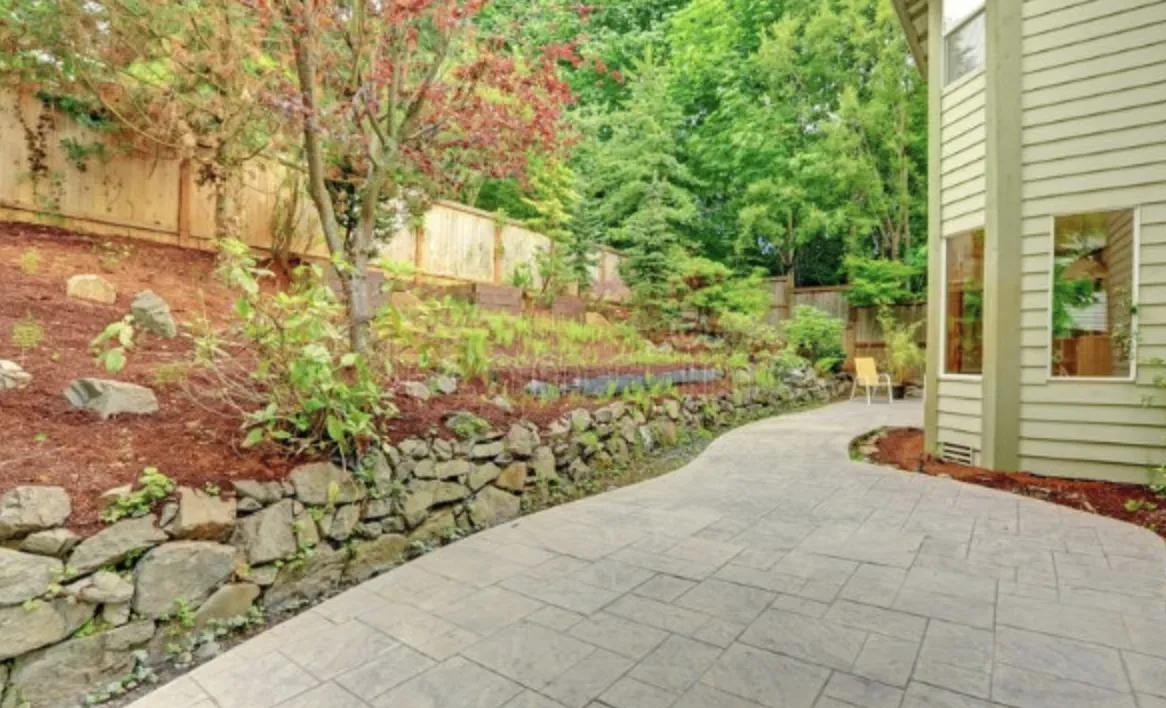

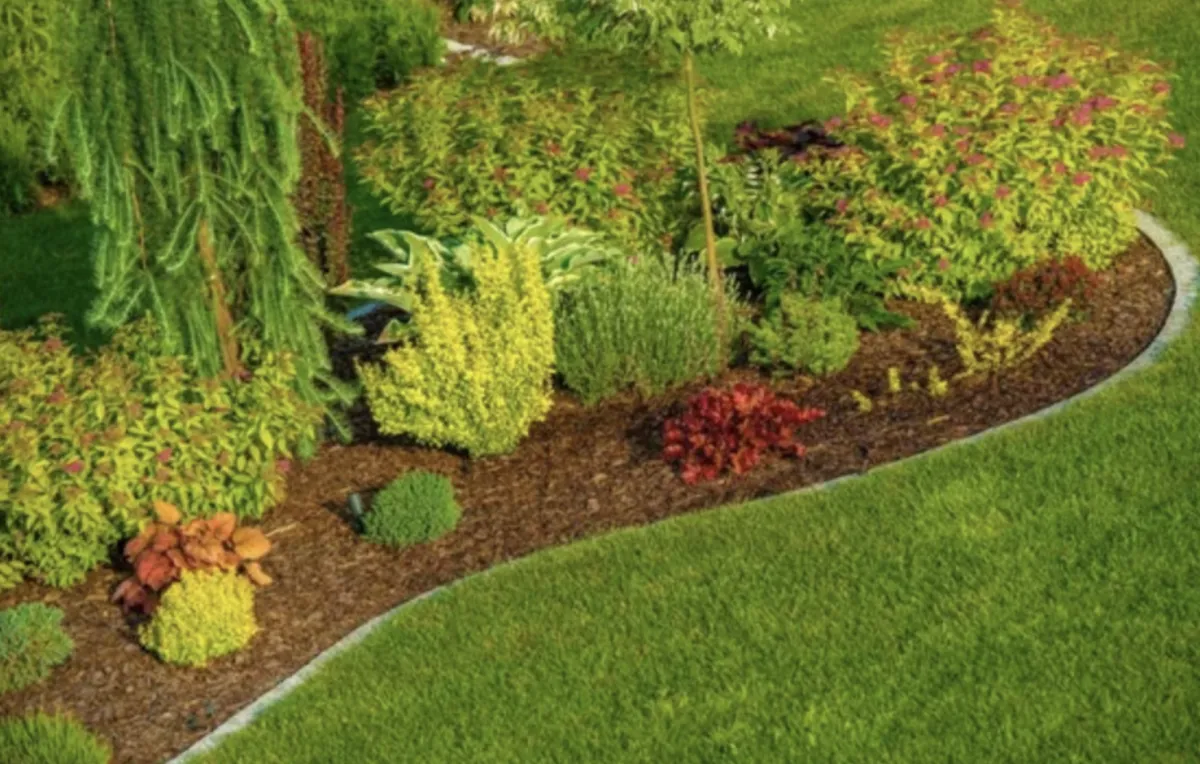

See What Our Customer Say About Us
Sarah M., Fort Worth, TX

“I can’t say enough good things about HF Landscape Design Fort Worth. They totally transformed our backyard into something out of a magazine — and they did it on time and within our budget. The team showed up early every day, cleaned up after themselves, and really listened to what we wanted. You can tell they actually care about the little details, not just getting the job done. Our neighbors keep stopping by asking who did the work — we tell everyone to call HF Landscape Design. Best decision we made for our home!”
Daniel R., Fort Worth, TX

“HF Landscape Design Fort Worth really blew us away. We had a plain front yard before, and now it looks like something you’d see in a design show. They helped pick the right plants for the Texas heat and even added lighting that makes the place glow at night. Super easy to talk to and very professional — they made the whole thing stress-free. We’d hire them again in a heartbeat.”
Megan & Tyler H., Fort Worth, TX

“Our backyard was just dirt and weeds before HF Landscape Design came in. Now it’s the spot where we spend every weekend with friends. They built a patio, added flower beds, and somehow made it all feel natural like it was always meant to be there. You can tell they love what they do — every detail was perfect. Highly recommend them to anyone in Fort Worth wanting a yard they’ll actually use.”
Get Professional Lawn Installation
Stop dealing with bare ground, failed grass, or areas where nothing grows. Get professional lawn installation creating healthy turf in Fort Worth conditions.
Call (817) 580-3329 to schedule lawn installation consultation. We'll assess your property's conditions and provide lawn solutions that establish successfully and perform long-term.
Service Areas: Fort Worth, Tanglewood, Ridglea Hills, River Crest, Westover Hills, Berkeley, Monticello, Mistletoe Heights, and surrounding communities.
Frequently Asked Questions
What is the average cost of landscape design?
Landscape design costs in Fort Worth typically range from $2,000 to $8,000 depending on property size—project complexity—level of detail required. Simple front yard designs for smaller properties might run $1,500 to $3,000. Comprehensive landscape plans for larger properties with detailed planting plans—hardscape designs—irrigation layouts—lighting plans usually cost $5,000 to $10,000 or more. We typically credit design fees toward installation if you proceed with us for the work. Design-only services cost more since we're not recouping fees through installation. Most clients in areas like Tanglewood or Westover Hills invest in detailed designs because their properties warrant professional planning. Newer neighborhoods with simpler yards might need less extensive design work.
What does it cost for a landscape design?
Design fees depend on project scope and what you need included. Basic conceptual designs showing general layout—plant groupings—hardscape locations run $1,500 to $3,000 for typical residential properties. Detailed construction-level plans with exact plant specifications—hardscape dimensions—grading plans—irrigation zone maps cost $4,000 to $8,000 or higher for complex projects. Commercial landscape design involves additional complexity and typically costs more. We discuss your specific needs during initial consultation and provide design fee quotes based on actual scope. Design fees get credited toward installation when you hire us for the work. Fort Worth properties with challenging conditions—significant slopes—drainage issues—often need more detailed planning which affects design costs.
What is the difference between a landscape architect and a landscape designer?
Landscape architects have formal education—state licensing—ability to stamp engineering drawings for permits. They handle complex projects requiring grading engineering—structural calculations—commercial site development—regulatory compliance. Landscape designers focus on plant selection—aesthetic layout—residential design without engineering components. In Fort Worth, landscape architects are required for certain commercial projects—retaining walls over specific heights—projects needing engineered drainage solutions. Residential projects usually work fine with landscape designers unless you've got significant slope issues—major grading needs—structures requiring engineering stamps. Landscape architects cost more but bring technical expertise for complex projects. Most residential landscapes in neighborhoods like Arlington Heights or Ridglea work well with landscape designers. Larger estates or properties with serious site challenges benefit from landscape architectural services.
Why is landscape design so expensive?
Professional landscape design involves considerable time—expertise—detailed planning work. Designers spend hours on site assessment—measuring—analyzing drainage and sun patterns—researching plant options for specific conditions. Creating scaled plans requires CAD software skills—design knowledge—understanding of Fort Worth's climate and soil conditions. Good designers prevent expensive installation mistakes—plant failures—drainage problems that cost far more to fix later. You're paying for years of experience knowing what works in North Texas clay soil—which plants survive July heat—how to design irrigation zones efficiently. Design fees also cover revisions—client meetings—coordination with contractors during installation. Cheap or free designs often mean cookie-cutter plans—inexperienced designers—or design costs hidden in inflated installation prices. Professional design upfront saves money long-term by getting things right the first time.
What is the rule of 3 in landscaping?
The rule of three suggests planting in odd-numbered groups—typically three plants—creates more natural and visually appealing arrangements than even numbers. Three plants or features create triangular compositions—visual interest—balance without formal symmetry. This applies to groupings of the same plant variety or repeating design elements throughout the landscape. In Fort Worth landscapes, you might see three crape myrtles anchoring a bed—three groupings of ornamental grasses—three boulders in a natural arrangement. The rule helps avoid the static look of paired plantings or single specimens. Works for plants of various sizes—repetition of colors—hardscape feature placement. Not a strict requirement but a helpful design principle creating more dynamic landscapes. We use the rule of three alongside other design principles—proper spacing—mature size consideration—Fort Worth-appropriate plant selection.
What is a realistic landscaping budget?
Realistic budgets for Fort Worth landscape projects typically start around $10,000 for basic front yard renovations and run $20,000 to $50,000 for complete front and backyard transformations with hardscaping. Simple refreshes—new plants—mulch—irrigation repairs might cost $5,000 to $8,000. Projects including patios—retaining walls—outdoor kitchens—extensive plantings easily reach $50,000 to $100,000 or more. Budget depends on property size—existing conditions—how much hardscape you want—plant material quality and maturity. Fort Worth's clay soil often requires additional drainage work affecting costs. Established neighborhoods like Monticello with mature landscapes might need less work than new construction in Walsh Ranch starting from dirt. Quality materials and experienced installation cost more upfront but last longer and perform better in our climate.
